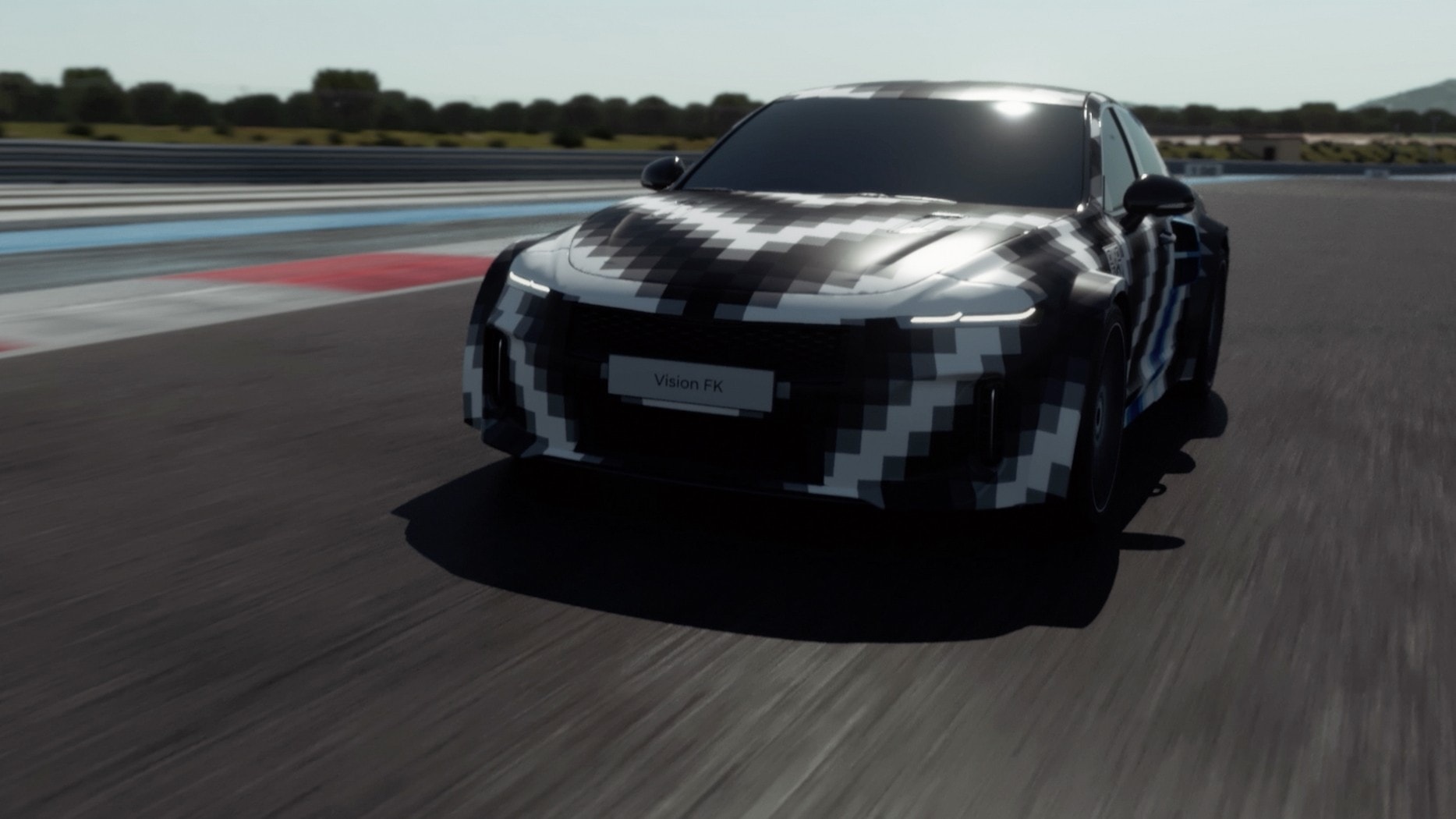Seriously you guys need to get out more if you think that Pasadena and London are representative of the world.
And yes this is one of the many bustling capital cities I have visited with power grids like this
@Oil4AsphaultOnly and no, there is no power on those wires except for maybe an hour or two per day.
View attachment 750294
Those lines look like they do because they have been stripped off the building to the right that is being rebuilt, and temporarily dropped down due to lack of support. Even in nightmare places they don't ordinarily look this bad. I've been in plenty such places over the years.
I've spent a good fraction of the last 40-years well beyond the electricity grids of this world, all over the world. And much of that has also been well beyond the reach of roads and vehicles. In those places you go on two feet or four feet or water, and no petrol or diesel is required. The people who live there don't use vehicles, and if they do use any fossil fuels it is generally kerosene. Increasingly they are going direct to solar.
Hybrids aren't going to be the pathway, that is now very clear. They won't even be a bridge technology as even the politicians who connived with the dino-juice ICe-manufacturers to use them (and fuel cells) as a no-adoption fig leaf have had their noses rubbed in the brown sticky stuff by Tesla, and the public gets it.
On the vehicle side, at the very bottom end of the global market, electric bicycles and electric mopeds have basically already succeeded. One notch above that the wee 3 & 4-wheelers are rapidly climbing the acceptability curve, and so the likes of Daihatsu, Suzuki and Maruti et al need to make the switch asap or they will be wiped out by the Chinese hordes. The EV-sales blog (
EV-Volumes - The Electric Vehicle World Sales Database) for H1 2021 does not have a useable lin, but contains the phrase
"Most striking, though, is the re-bound of mini-EVs in China, now at ultra-affordable prices of 30-60 000 RMB. Read Wuling Hongguang Mini EV, Great Wall Ora R1, Chery eQ, SAIC Roewe Clever, Baojun and others. Around 300 000 units of them were sold during H1, a quarter of all NEV sales in China. They offer a long due improvement over countless, dodgy Low-Speed Vehicles from the earlier days, which are now banned by regulators. The new breed is exempted from some M1 vehicle requirements, often receives no subsidies but is, nevertheless, counted in the Chinese NEV tally."
At the top end as we know Tesla are enforcing adoption by any major OEM that is seeking to have a company lifespan longer than 5-years. Ford and VAG have gotten the memo. For sure hybrids are in the market but only because these companies can't cancel the plans and need to make their battery supply spread further. But they are not developing them anymore, and basically will either go bust making pure ICE, or go bust faster making even less desirable hybrids, or changeover fast to pure BEV.
In the middle will get squeezed from both top and bottom. Some will make it through, most won't. But the gap will get filled very effectively over the next 15-years. See my
Moderators' Choice: Posts of Particular Merit if unsure how fast this is going to go.
The power generation side, the power transmission side, and the power distribution side are all also changing fast. Personally I think that the more interesting technologies will be deployed in the middle/upper classes of the developing world earlier than in the OECD countries. The power-grid-equivalent of the self-meshing wifi will probably happen earlier there than in the OECD countries because of the relative absence of certification requirements that hamper new product innovation in most countries with fairly good grid systems (which, by the way, includes China). Everywhere with a good grid system imposes very strict controls on the technologies that get attached to their grid, including in China (believe me, I know, I supply to the Chinese grids and many others). So places like Lagos will be the first to declare UDI and adopt mode-switching grid-link/stand-alone inverters with PV systems and batteries. At the moment all over the world they are doing just that but with kludges of auto-transfer switches and manual switching, but progress is happening. They will have enough power to charge their BEV's, when and where they want to.
Yes, batteries are the bottleneck. But they are coming fast now. Only the companies with batteries will survive, and they know it. Competition to survive is a very powerful incentive.





